Josep Ramon Morros
Fast Unsupervised Tensor Restoration via Low-rank Deconvolution
Jun 15, 2024



Abstract:Low-rank Deconvolution (LRD) has appeared as a new multi-dimensional representation model that enjoys important efficiency and flexibility properties. In this work we ask ourselves if this analytical model can compete against Deep Learning (DL) frameworks like Deep Image Prior (DIP) or Blind-Spot Networks (BSN) and other classical methods in the task of signal restoration. More specifically, we propose to extend LRD with differential regularization. This approach allows us to easily incorporate Total Variation (TV) and integral priors to the formulation leading to considerable performance tested on signal restoration tasks such image denoising and video enhancement, and at the same time benefiting from its small computational cost.
Audience measurement using a top-view camera and oriented trajectories
Nov 01, 2019
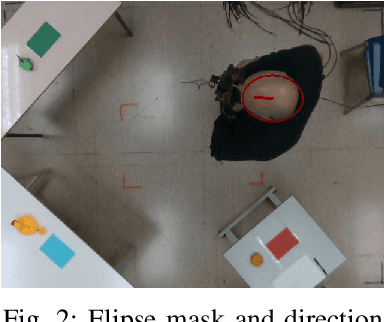
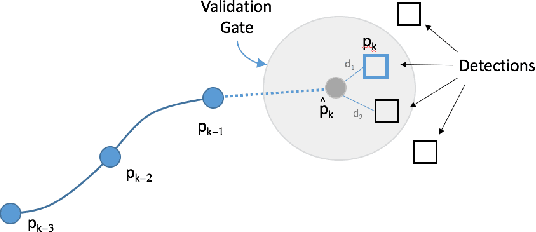
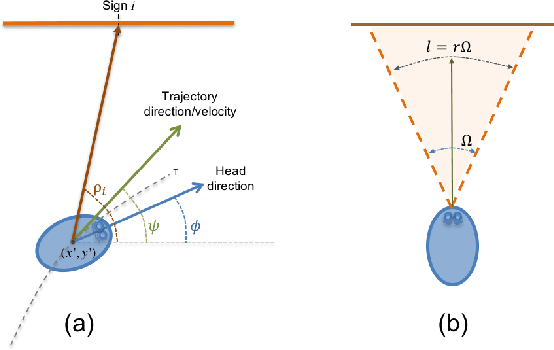
Abstract:A crucial aspect for selecting optimal areas for commercial advertising is the probability with which that publicity will be seen. This paper presents a method based on top-view camera measurement, where the probability of viewing is estimated according to the trajectories and movements of the head of the passerby individuals in the area of interest. Using a camera with a depth sensor, the head of the people in the range of view can be detected and modeled. That method allows determining the orientation of the head which is used to estimate the direction of vision. A tracking by detection algorithm is used to compute the trajectory of each user. The attention given at each advertising spot is estimated based on the trajectories and head orientations of the individuals in the area of interest
Picking groups instead of samples: A close look at Static Pool-based Meta-Active Learning
Nov 01, 2019

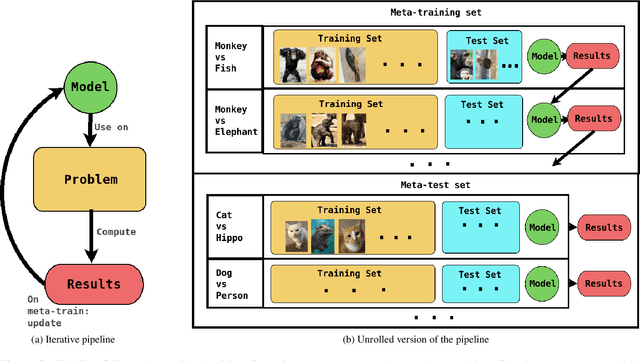
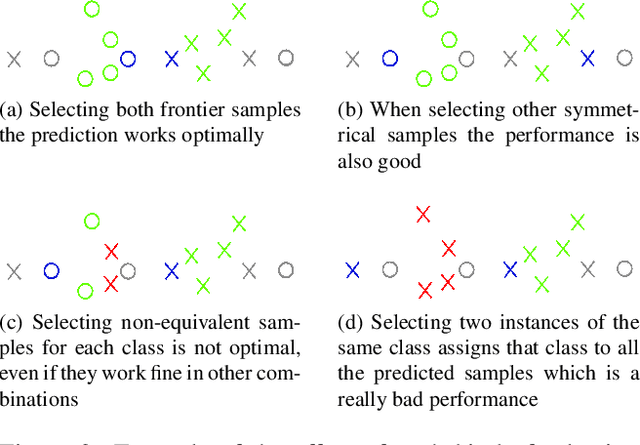
Abstract:Active Learning techniques are used to tackle learning problems where obtaining training labels is costly. In this work we use Meta-Active Learning to learn to select a subset of samples from a pool of unsupervised input for further annotation. This scenario is called Static Pool-based Meta- Active Learning. We propose to extend existing approaches by performing the selection in a manner that, unlike previous works, can handle the selection of each sample based on the whole selected subset.
 Add to Chrome
Add to Chrome Add to Firefox
Add to Firefox Add to Edge
Add to Edge